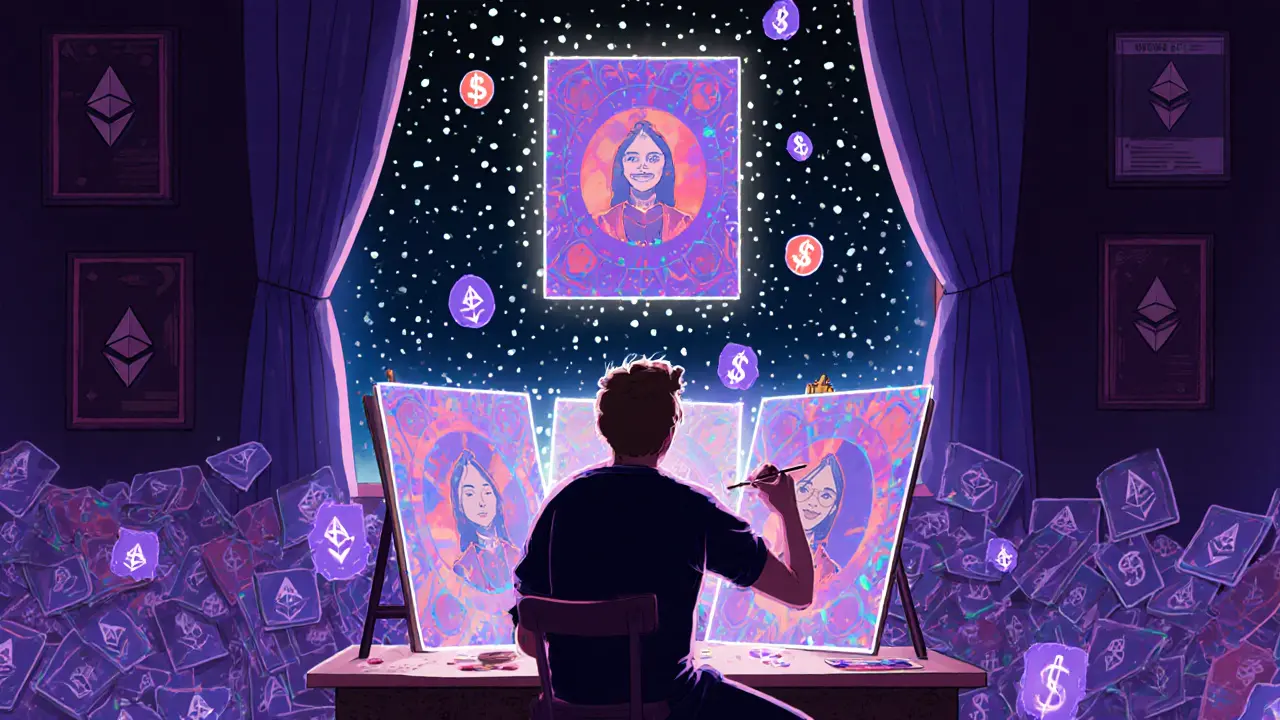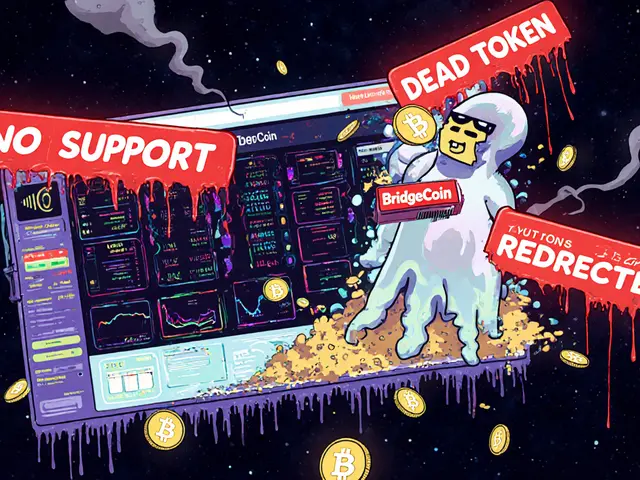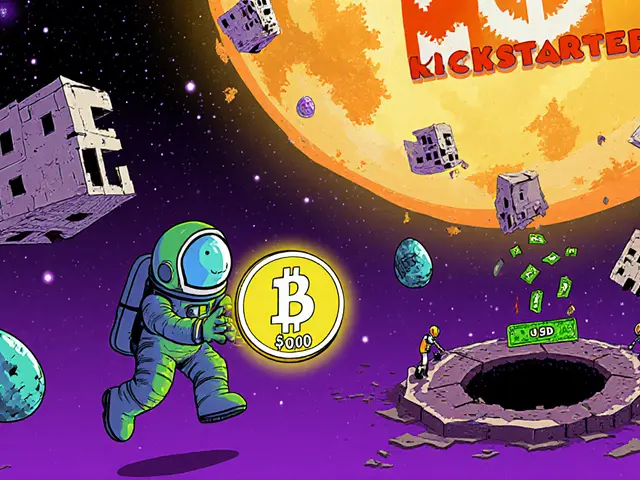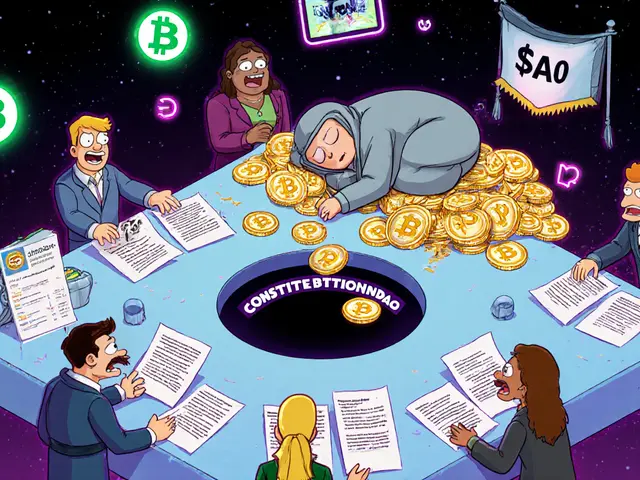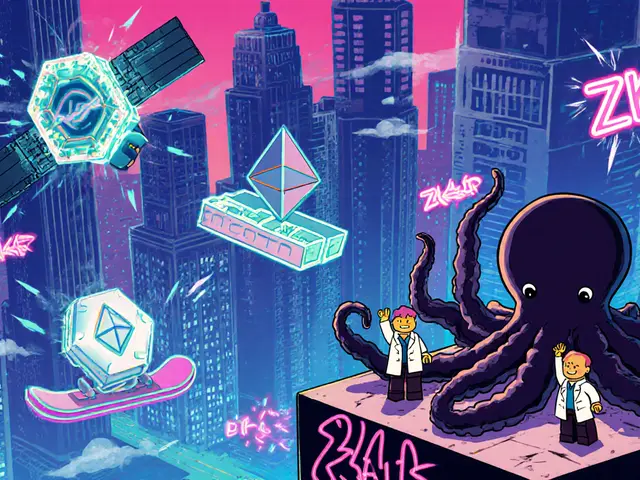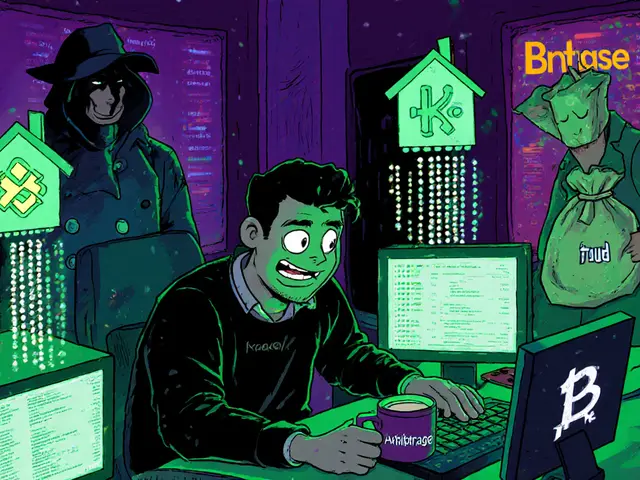NFT Gas Fee Estimator
Calculate Your NFT Transaction Costs
Estimated Transaction Cost:
Current network conditions Estimated in USD based on current market rates
Imagine owning a digital artwork that no one else can claim as theirs-even if millions of people can see it or download a copy. That’s the core idea behind NFTs. Unlike a JPEG you save from the internet, an NFT gives you verifiable proof that you own the original version. It’s not about the file itself. It’s about who owns it, and that’s recorded on a blockchain.
What Exactly Is an NFT?
An NFT, or Non-Fungible Token, is a unique digital asset stored on a blockchain. The word ‘non-fungible’ means it can’t be swapped for something else and be considered equal. Think of it like a signed baseball card. You can’t trade it for another card and expect the same value-even if both are baseball cards. Each one has its own history, condition, and rarity.
Most NFTs are built on the Ethereum blockchain using standards like ERC-721 or ERC-1155. These standards make sure each NFT has unique data-like who created it, when it was made, and who owns it now. That data can’t be changed or erased. That’s what makes NFTs different from regular files. A PNG image can be copied a thousand times. But only one person can own the NFT tied to that image.
Why Do NFTs Exist? Solving Digital Scarcity
Before NFTs, digital items had no real scarcity. If you made a digital painting, anyone could copy it. There was no way to prove who made it first or who owned the original. NFTs fixed that. They turned digital creations into collectibles with real ownership.
This opened up new opportunities for artists, musicians, and game developers. Instead of relying on galleries, record labels, or platforms that take big cuts, creators could sell directly to buyers. A digital artist in Austin sold a series of NFT portraits for over $200,000 in 2024-without ever working with a gallery.
It’s not just art. NFTs are being used for concert tickets, in-game items, virtual land in metaverses, and even digital deeds to real estate. The key is that NFTs make digital things feel tangible-because they’re tied to something permanent: the blockchain.
How Do NFTs Actually Work?
NFTs live on blockchains, which are public ledgers that record transactions. When you buy an NFT, you’re not downloading a file-you’re buying a record that says you own it. That record includes a link to the digital file (like an image or video), but the file itself is often stored elsewhere, like on decentralized storage systems (IPFS).
The process of creating an NFT is called minting. You take your digital file, upload it to a marketplace like OpenSea or Blur, and pay a fee (called a gas fee) to record the NFT on the blockchain. Once minted, the NFT has a unique ID, a creator signature, and a history of ownership that anyone can check.
Here’s the catch: the NFT doesn’t store the file. It stores a pointer to it. So if the file gets deleted from the server, the NFT still exists-but the link breaks. That’s why serious NFT projects use decentralized storage to keep files safe long-term.

Where Are NFTs Used Today?
In 2025, NFTs have moved far beyond pixelated apes and cartoon cats. Here’s where they’re actually making an impact:
- Digital Art & Collectibles - Still the biggest category, making up 45% of NFT sales. Artists like Beeple and Pak have sold NFTs for millions.
- Gaming - Games like Axie Infinity and The Sandbox let players own in-game items as NFTs. You can buy a sword, wear it in-game, then sell it to someone else.
- Virtual Land - Platforms like Decentraland and Sandbox sell plots of digital land as NFTs. People build virtual shops, galleries, or homes on them.
- Ticketing - Events like Coachella and Red Bull Music Festival now use NFT tickets to stop scalping. If you resell, the original organizer gets a cut.
- Intellectual Property - Music labels and movie studios are testing NFTs to track who owns rights to songs or scenes. PwC found 37% of entertainment companies are experimenting with this.
- Brand Loyalty - Nike, Starbucks, and Coca-Cola have launched NFTs as digital collectibles for customers. Owning one unlocks discounts, early access, or exclusive events.
The trend? NFTs are shifting from ‘buy to flip’ to ‘buy to use.’ People aren’t just collecting them-they’re using them.
How to Get Started with NFTs
If you’re new, here’s how to start without losing money:
- Get a crypto wallet - MetaMask is the most popular. It’s a browser extension or app that holds your cryptocurrency and NFTs. Write down your 12-word recovery phrase. Lose it, and you lose everything.
- Buy Ethereum (ETH) - Most NFTs run on Ethereum. You can buy ETH on Coinbase, Kraken, or Gemini. Start with $25-$50. Don’t invest more than you can afford to lose.
- Connect to a marketplace - OpenSea handles 62% of NFT trades. Connect your wallet, browse collections, and click ‘Buy Now’ or place a bid.
- Understand gas fees - These are network fees paid to miners. On Ethereum, they average $1-$5, but can spike to $50 during busy times. Use platforms like Polygon or Base for lower fees.
- Start small - Buy an NFT under $20 to learn how it works. Don’t chase hype. Look at the project’s community, roadmap, and utility-not just the art.
Adobe’s 2025 survey found that beginners who followed these steps spent less than $100 and avoided 90% of common mistakes-like accidentally approving a scam transaction or paying $300 in gas fees for a $10 NFT.
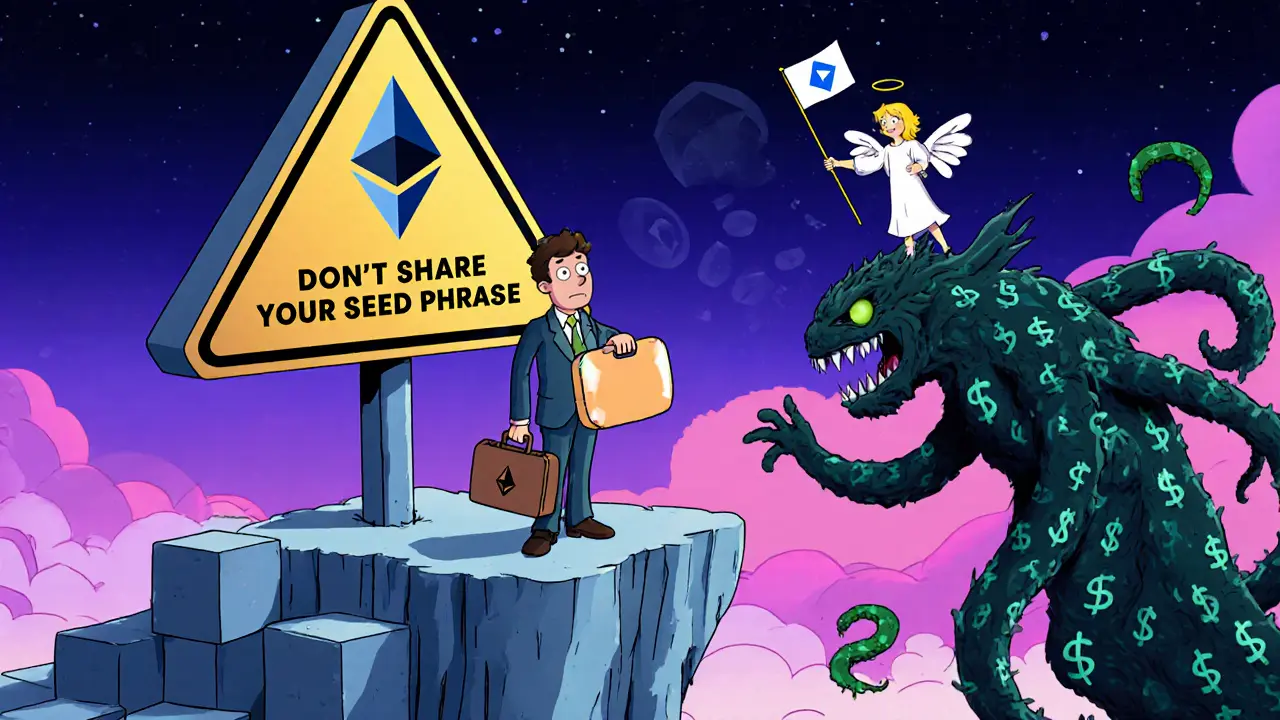
The Risks and Realities
NFTs aren’t magic. They come with real risks:
- Scams - Fake marketplaces, phishing links, and fake creators are everywhere. Always double-check URLs. OpenSea’s official site is opensea.io. Anything else is likely a trap.
- Volatility - NFT prices can crash fast. A collection worth $1,000 one month might be worth $50 the next. Don’t assume value will grow.
- Gas fees - Ethereum’s fees can make small purchases pointless. Use layer-2 chains like Polygon for cheaper transactions.
- Regulation - The U.S. SEC says some NFTs could be classified as securities if they promise profits. The EU’s MiCA rules (effective Jan 2025) now require transparency from NFT issuers.
- Failure rate - Cambridge University found 68% of NFT projects die within 18 months. Most fail because they have no real use case.
Remember: owning an NFT doesn’t give you copyright. You own the token, not the right to reproduce the art. The creator still holds the copyright unless they explicitly transfer it.
What’s Next for NFTs?
The hype of 2021 is gone. But that’s not a bad thing. The NFT market is maturing. In 2025, the focus is on utility:
- Gasless minting - Platforms like OpenSea now let creators mint NFTs without paying upfront fees. You only pay when it sells.
- Ethereum upgrades - The Prague update in late 2024 cut NFT transaction costs by 65% compared to 2023.
- Real-world integration - NFTs are being used to verify luxury goods (like Rolexes), prove concert attendance, and even store academic credentials.
- Metaverse growth - Companies like NVIDIA and Microsoft are building tools for NFTs to work across virtual worlds.
Experts like J.P. Morgan predict NFTs will become standard for proving digital ownership within 5-7 years. Whether you’re an artist, gamer, or just curious, understanding NFTs now means you’ll be ready when they become part of everyday life.
Are NFTs just digital art?
No. While digital art was the first big use case, NFTs now represent game items, event tickets, virtual land, music rights, and even real-world assets like property deeds. The key is that NFTs prove ownership of something unique-not just the file itself.
Can I make money from NFTs?
Some people do, but most don’t. The NFT market is volatile. Many buyers lose money because they chase hype, not value. The most successful creators focus on building communities and offering real benefits-like access to events or royalties on resales-rather than just selling images.
Do I need to be tech-savvy to buy NFTs?
You don’t need to be an expert, but you do need to understand basic crypto safety. Setting up a wallet, managing gas fees, and avoiding scams are essential. Beginners who spend time learning these steps avoid 90% of losses. Start small, use trusted platforms, and never share your seed phrase.
What’s the difference between NFTs and Bitcoin?
Bitcoin is fungible-every Bitcoin is identical and can be swapped for another. NFTs are non-fungible-each one is unique. You can’t trade one NFT for another and expect the same value. One might be a rare digital painting, another a game weapon. They’re not interchangeable.
Are NFTs bad for the environment?
Early NFTs on Ethereum used a lot of energy, but that changed in 2022 when Ethereum switched to a more efficient system called Proof of Stake. Today, minting an NFT on Ethereum uses about the same energy as sending an email. Many platforms now use low-energy blockchains like Polygon or Solana, making NFTs far more sustainable than they were in 2021.
